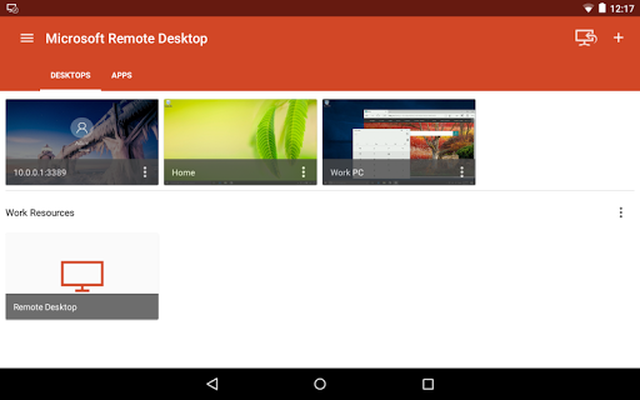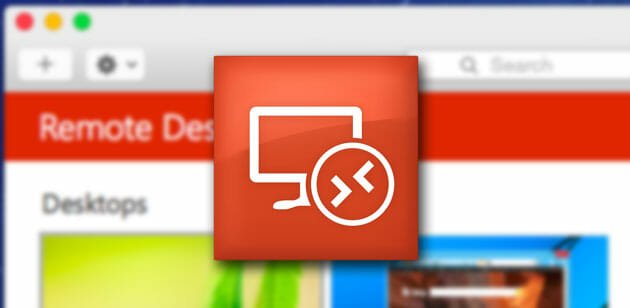

You will now be asked to enter a user name and password for the server which you are connecting to, once you have entered the correct details, please confirm to establish the connection.Īlternatively, you can enter the user name and password for the remote server before you attempt to form the connection, to do this, on the RDP client, click the options button. Once you have entered the IP address of the server which you wish to connect to, please select connect. Once you have opened the client, you will be presented with the connection panel as below, within this panel, you will need to enter the IP address of the server that you wish to connect to. The appearance of the RDP client is the same in all in use, Versions of Microsoft Windows. For further assistance, contact Support.Start > All Programs > Accessories > Remote Desktop Connection Need some help? Take a look at the RDS Frequently Asked Questions (FAQ) page or try searching our RDS Knowledge Base articles or Community discussions. Please refer to the RDS FAQ for information about unsupported configurations and known issues. Refer to the Duo Authentication for Remote Desktop Gateway 2012 and later instructions. To protect both RD Web and RD Gateway roles on the same server see RD Web and RD Gateway.
#Microsoft remote desktop app profile install#
You may install Duo Authentication for RD Gateway onto a server hosting both the RD Web and RD Gateway roles but after completing installation only RD Gateway connections will be protected with Duo two-factor authentication. Install Duo Authentication for RD Gateway onto your RD Gateway servers.

Otherwise, Duo will call the user's phone to complete two-factor authentication. If the user has activated the Duo Mobile app, Duo initiates an automatic push to authenticate after primary login to RD Gateway succeeds. Enroll your users in Duo before they try to log in. However, RemoteApp connections initiated from an RD Web Access browser session that use the RD Gateway server with Duo installed are protected by Duo.ĭuo for RD Gateway has no browser interface, so inline user enrollment isn't available. RD Web browser logons are not protected with two-factor authentication. In this scenario Duo protects logons via local RDP client and RemoteApp and Desktop Connections from the local system to an RD Gateway server. Refer to the Duo Authentication for Remote Desktop Web 2012 and later instructions. You may install Duo Authentication for RD Web onto a server hosting both the RD Web and RD Gateway roles but after completing installation only the RD Web portal will be protected with Duo two-factor authentication. Install Duo Authentication for RD Web onto your RD Web server. When Duo authentication succeeds, the users proceed to the RemoteApp and Desktop Connection web console and see any published RemoteApp programs and virtual desktops. Downloaded RDP files may be saved for reuse, and will not require two-factor authentication from RD Web at launch.Īfter your remote users pass primary login to the RD Web portal, they receive the Duo enrollment or authentication page. RD Gateway connections do not require two-factor authentications. In this scenario Duo protects logons via browser to the RD Web portal. Refer to the Duo Authentication for Remote Desktop Web and Remote Desktop Gateway 2012 and later instructions. Install Duo Authentication for RD Web onto your RD Web servers then install Duo Authentication for RD Gateway onto your RD Gateway servers. Users connecting to RemoteApp or RDP via RD Gateway from a local client receive an automatic push or phone call from Duo after primary authentication. When logging on to the RD Web portal users are presented with the Duo enrollment or authentication page after primary authentication. The RD Web and RD Gateway roles may be deployed on separate servers or on the same server. Downloaded RDP files may be saved for reuse. Connecting to a computer directly from RD Web using the "Connect to a remote PC" feature with RD Gateway authentication is permitted. Users authenticate to Duo when logging on to the RD Web portal and then again when launching a RemoteApp connection through RD Gateway. In this scenario Duo two-factor authentication protects logons via browser to the RD Web portal as well as logons via local RDP client and RemoteApp and Desktop Connections from the local system to an RD Gateway server. Block direct RDP access to these hosts to mitigate the potential for bypass. If clients can establish a direct connection to your RD Connection Broker and/or Session Host(s), then they may be able to bypass two-factor authentication. If you want to enforce two-factor authentication for all your clients, you should ensure that they must connect through RD Web Access with Duo and/or RD Gateway with Duo.


 0 kommentar(er)
0 kommentar(er)
